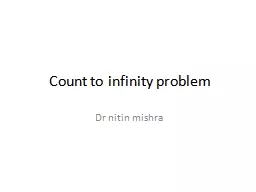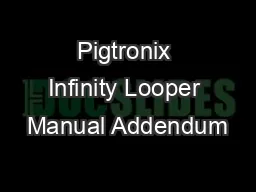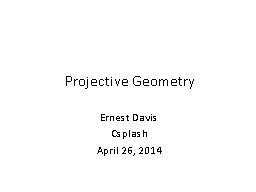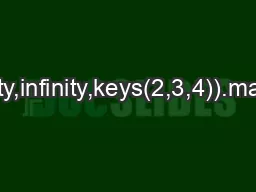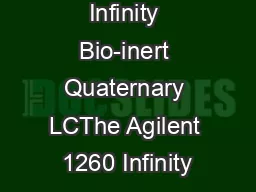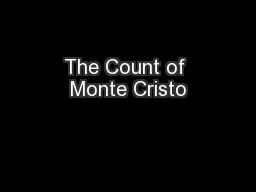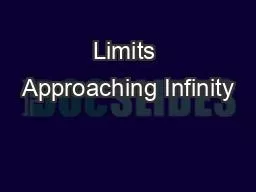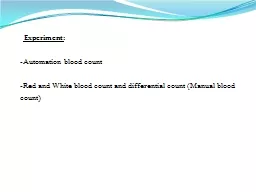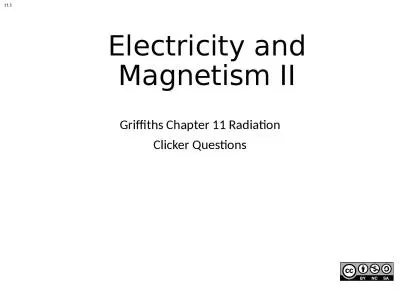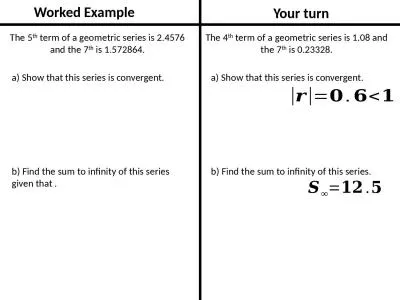PPT-Count to infinity problem
Author : luanne-stotts | Published Date : 2016-05-13
Dr nitin mishra 2 Characteristics of Distance Vector Routing Periodic Updates Updates to the routing tables are sent at the end of a certain time period A typical
Presentation Embed Code
Download Presentation
Download Presentation The PPT/PDF document "Count to infinity problem" is the property of its rightful owner. Permission is granted to download and print the materials on this website for personal, non-commercial use only, and to display it on your personal computer provided you do not modify the materials and that you retain all copyright notices contained in the materials. By downloading content from our website, you accept the terms of this agreement.
Count to infinity problem: Transcript
Download Rules Of Document
"Count to infinity problem"The content belongs to its owner. You may download and print it for personal use, without modification, and keep all copyright notices. By downloading, you agree to these terms.
Related Documents

